– Switch to page 1 for italian version –
You started in 2005 with Transition – Part 1. What’s your formation before the first works.
I was a commercial photographer.
From the beginning to the last works, the landscapes have become more artificial, contrived, alien. Tell me about this development.
My work is informed by the experience of going through a psychological transition. From the beginning I wanted the work to explore tensions between what feels familiar, natural, and what feels alien or fabricated. The landscapes I have been constructing materialize conflicted feelings towards a fast-mutating world that bring us both confort and insecurity, and that constantly challenges our notion of what we consider to be “real” or authentic. The impression of artificiality comes as much from the elements I choose to insert as from their arrangement. With digital technologies the medium of photography has completely transformed itself. Its process and possibilities are quite different from what they used to be. The main incentive for me to give up analog for digital has been to experiment new ways of representing the world photographically. That is why I started to experiment with digital collages about 12 years ago. The evolution you see in my work has to do with pushing that exploration further. In a composite photograph, liberated from the single point of view of traditional photography, a new visual vocabulary can emerge. I can alter and juxtapose photographic elements in a way analog photography cannot, so the resulting composition doesn’t look the way a straight photograph would look.
Your intent is giving an experience, working on human psychology. What do you want clicks in observer’s mind?
I think as an artist, making art helps me process and makes sense of conflicted perceptions of the world around me. It is a form of introspection, which I hope can be shared and understood. My work does not document the visible but attempts to render something rather intangible, a shift in consciousness, a sense of disorientation or disconnection from one’s surroundings. I like my images to trigger confusion in the viewer’s as to what they are looking at and how they feel about the landscape.
Observing your photographs, it seems to feel immersed in an onhiric dimension where the elements are influenced by human subconscious and feelings, in fact your creative process comes from introspection. Is there a link with the dream?
There is no direct link to dreams, but there’s certainly a link to the unconscious, which dreams also draw from. The mind doesn’t perceive the same way as the camera eye. Many layers of past memories, conscious and unconscious, come into play and blend with the immediately visible. I am interested in rendering that overall experience. This is why I attempt to conflate multiple perceptions in one image, by combining multiple photographs.
In your work, realizing an image is a long digital process made of several cuts and pastes. How long does it take you to finish an image? When do you find your compositional balance?
Weeks or months. I tend to work on more than one picture at a time, because I need to take many breaks from trying out juxtapositions in order to come back with a fresh gaze. When I start a series, I have a general direction, but the tactics is quite intuitive. I do a lot of trials and errors and work on the image until it feels right.
The man is absent but present through traces, buildings, anthropic elements. What’s the role of this hole? And if there would be humans living this places, what society would you imagine?
The absence of men was not really a conscious choice. For a while I thought a human form might show up, but it just hasn’t happened. It hasn’t felt right to add people so far. It could be because it didn’t feel necessary, since their presence is already felt in the landscape without them being there. In retrospect, the lack of human presence evokes to me a world that is getting increasingly mechanized, virtualized and removed from direct human interactions. I think the reasons that lead to an artistic choice are manifold. When I am in the process of creating I have a vague intention but I mostly let the work unfold. As for the second part of your question, I imagine the kind of society that would live in these places to be us.
You said that your works come from United States and Europe inspirations, where can we find the presence of these cultures in your photography?
I work with an archive of photographs shot in Europe and the US, because this is where I have been living. But when choosing elements for my compositions I avoid cultural markers. I am interested in the generic and in the type of constructions and artefacts that can be found replicated all over our globalized world. The places therefore seem familiar, and yet they don’t belong anywhere. The sense of dislocation comes in part from that choice.
Your photographs look like abandoned movie sets. Do you have movie references? If you were a director, what kind of film would you set in your scenes?
I like my landscapes to have an ambivalent apparence, somewhere between real and fake. So it is quite right that they can look like movie sets. The sense of fabrication that I build into the image refers not only to movie sets but to all kinds of simulated environments. I am interested in how our consciousness deals with the growing hyperreality of our world, and how with every generation, new technologies lead us to renegotiate our notion of the real. My approach as a film director would focus on the psychological.









